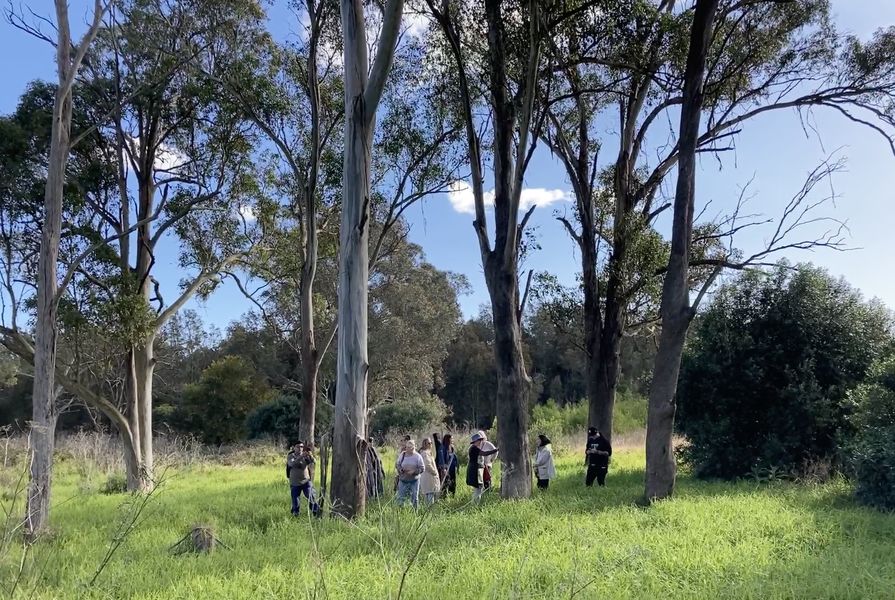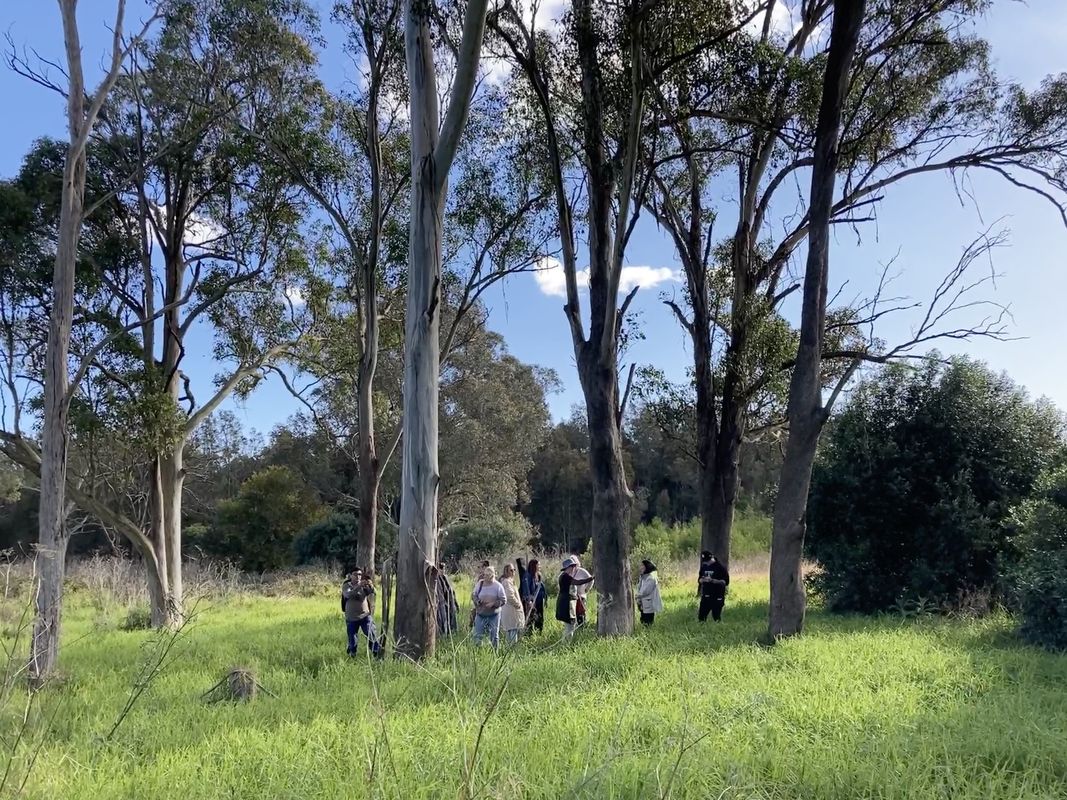On 30 August, Australian prime minister Anthony Albanese announced the Indigenous Voice to Parliament referendum will be held on 14 October. The referendum seeks constitutional recognition for the First Peoples of Australia by establishing an Aboriginal and Torres Strait Islander Voice.
Recognition of First Nations peoples, practices, and cultures has become increasingly important in built environment professions. Here, we look back at six articles from Architecture Australia’s Indigenizing Practice series, which details the myriad ways incorporating Indigenous knowledge can enrich the built environment.
1. Why RAP? Implementing a Reconciliation Action Plan
“As a profession, architecture is behind other industries that have been incorporating goals toward reconciliation for decades and have progressed to stages within the process where this way of thinking and doing is embedded in the culture and values of the business,” writes Samantha Rich, who explains the significant benefits of a Reconciliation Action Plan for an architectural practice and what to watch out for when implementing one.
2. Maximizing economic benefits
“You may be working in an Australian architectural practice that has encountered increasing government requirements to achieve social and economic policy goals,” writes Carroll Go-Sam. But where do you start? “Every architectural practice, developer and contractor can start by examining how they currently do business with Indigenous peoples, whether they are clients and stakeholders or suppliers. Check whether your modus operandi aligns with collaboration, co-planning, co-design and long-term economic outcomes.”
3. Design competitions: Starting from Country
Bradley Kerr leads a roundtable discussion with Andrew Mackenzie, Sarah Lynn Rees, Michael Mossman and Erin McDonald on how the increasingly popular design competitions can ensure appropriate and authentic First Nations engagement. He asks what needs to change to make the process culturally inclusive and facilitate our efforts to further Indigenize the built environment.
4. Country and architectural pedagogy
Michael Mossman, Associate Dean Indigenous at University of Sydney School of Architecture, instils in his students a dynamic design process that is situated within the presence of Country – and in continual dialogue and exchange with it. The 2021 National Standard of Competency for Architects includes Country and First Nations principles in all phases of a project. He shares details of two of his studios that create relational and interactive journeys for all.
5. Listen, observe, learn: Ethics and protocols on Country
Danièle Hromek shares the protocols and ethics learnt from her family and from Country as a child and how they apply to the built environment. Some of these protocols include show respect, be observant, consume wisely and look after each other. “Non-Indigenous built environment professionals should start considering how their worldviews have caused damage to the environment through design and through built form, and to challenge what they know about the built environment and the filter through which they have learned,” she writes. For more on what non-Indigenous designers can do, see these 14 principles.
6. Documenting Indigenous projects for publication
Centralizing Indigenous voices is essential when articulating the processes, relationships and outcomes of a project, especially for media publication. “All projects impact on Country and therefore on community either directly or indirectly,” write Sarah Lynn Rees and Finn Pedersen, who have compiled a practical guide for documenting Indigenous projects. “Architects have a responsibility to act ethically in the representation of their projects.”
For further resources, see the full Indigenizing Practice series.
See also resources on the Voice and Uluru Statement from the Heart.
















